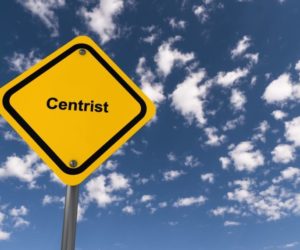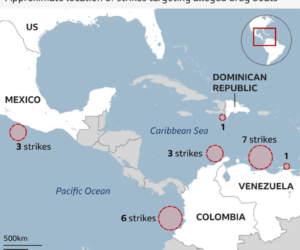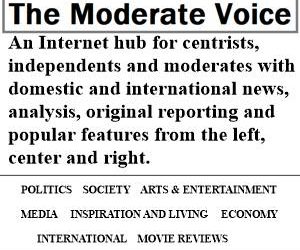In a research report issued on Thanksgiving Eve, the Massachusetts Institute of Technology said that “AI” can already replace about 12% of the U.S. labor market. That’s equivalent to $1.2 trillion in wages across finance, health care and professional services.
Contrary to some beliefs, the replacements are not limited to coastal tech hubs. The impact is “five times larger than visible tech adoption,” according to the MIT-Oak Ridge National Laboratory (ORNL) tool, the Iceberg Index.
It’s important to point out that “AI” is algorithmic automation; it is not “intelligent” (can reason). Moreover, Iceburg is not a prediction model. Instead, it is intended to help lawmakers see what might be coming and prepare policy responses.
“Basically, we are creating a digital twin for the U.S. labor market,” according to Prasanna Balaprakash, ORNL director and co-leader of the research.
The index runs population-level experiments, revealing how AI reshapes tasks, skills and labor flows long before those changes show up in the real economy, Balaprakash said.
The index treats the 151 million workers as individual agents, each tagged with skills, tasks, occupation and location. It maps more than 32,000 skills across 923 occupations in 3,000 counties, then measures where current AI systems can already perform those skills.
Although AI systems are not yet ubiquitous, they are widespread and growing swiftly. From the research study:
AI systems now generate more than a billion lines of code each day, prompting companies to restructure hiring pipelines and reduce demand for entry-level programmers [30]. These observable changes in technology occupations signal a broader reorganization of work that extends beyond software development…
The labor market is evolving faster than current data systems can capture. AI automates some skills and augments others, creating uneven effects across industries and regions.
Researchers partnered with Tennessee, North Carolina and Utah to validate the models.
[T]he Iceberg team has built an interactive simulation environment that allows states to experiment with different policy levers — from shifting workforce dollars and tweaking training programs to exploring how changes in technology adoption might affect local employment and gross domestic product.
“Project Iceberg enables policymakers and business leaders to identify exposure hotspots, prioritize training and infrastructure investments, and test interventions before committing billions to implementation,” the report says.
Universal basic income (UBI) had best be in those policy examinations.
Known for gnawing at complex questions like a terrier with a bone. Digital evangelist, writer, teacher. Transplanted Southerner; teach newbies to ride motorcycles. @kegill (Twitter and Mastodon.social); wiredpen.com
















